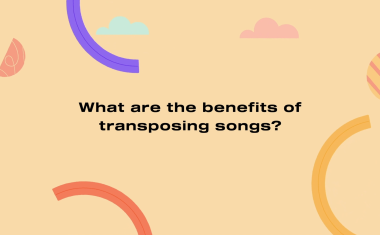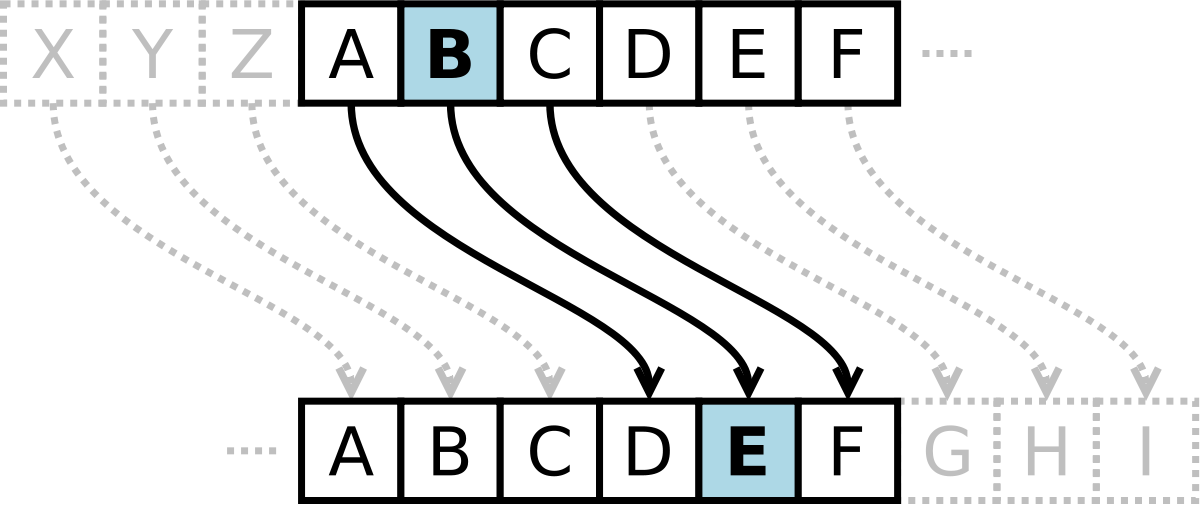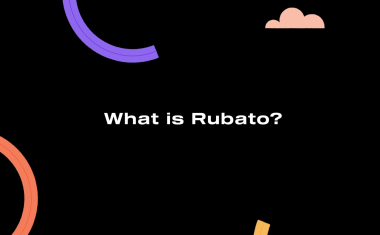A Musical Caesar Cipher. A Word About Transposition?

Imagine that you have joined a choral performance of a song intoned by someone else. Suddenly, you felt that your voice is breaking. And it jumps an octave higher or lower.
If you are the instrumentalist, your situation is even less comfortable. What can you do if you experience the lack of scale while performing a piece? What can you do when a simple piece becomes very difficult due to the key?
Transposition – what does it mean?
The solution to this problem is the transposition procedure. It means shifting the entire song a certain interval up or down. This way you can match it to the capabilities of the singer or instrumentalist.
The word transposition comes from Latin. It means a shift or a ratio.
Caesar cipher
We can explain the musical transposition by analogy to the way spies use code. In order to to encrypt a message, spies can agree that each letter of the message will be shifted by two letters in the alphabetical order. For example, instead of the word SOLO, the spy will write VSOS.
The name of this particular cipher comes from Julius Caesar. The Roman ruler used this clever technique to communicate with his friends.
But why should you use espionage techniques when you want to play musical instruments?
Why to transpose?
Transposition is necessary for several reasons. First of all – to broaden the repertoire. Thanks to transposition, we can play pieces that have been written for other instruments. Even if their scale is very different from our instrument!
The second reason is equally important. Transposition allows you to choose a key that is easier to play. This way, it significantly expands our execution possibilities.
Thirdly, you can easily switch the instrument when you are able to transpose. Jump from a clarinet to saxophone, or from a trumpet to a trombone!

Transposing instruments
Transposition has one more face. Namely, some instruments make a different sound than written in the notes. For example, if you play the note C on the B clarinet, you will hear a note that is a whole tone lower than the same played on the piano. Apart from the clarinet, the group of transposing instruments includes, among others, the saxophone, trumpet and French horn.
Why are the instruments transposing?
First of all, it is about the readability of the score and adjusting it to the actual sound of the instrument. As long as the instrument is playing solo, there is no need to make the musician’s life difficult! He would have to constantly play in very complicated keys.
Digital transposition
When we consider a digitally recorded song, it can be transposed by the software. Thanks to this procedure, Rubato application allows you to transpose the accompaniment to any key using a simple slider. This way you can adjust the key of a song to your skill level and preferences. Would you like to try?



